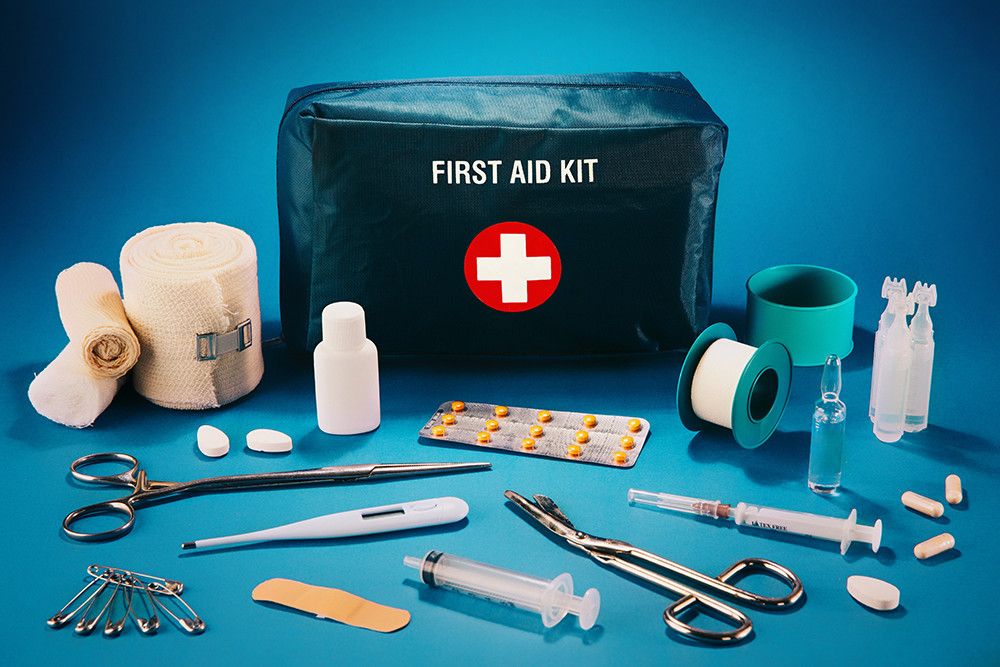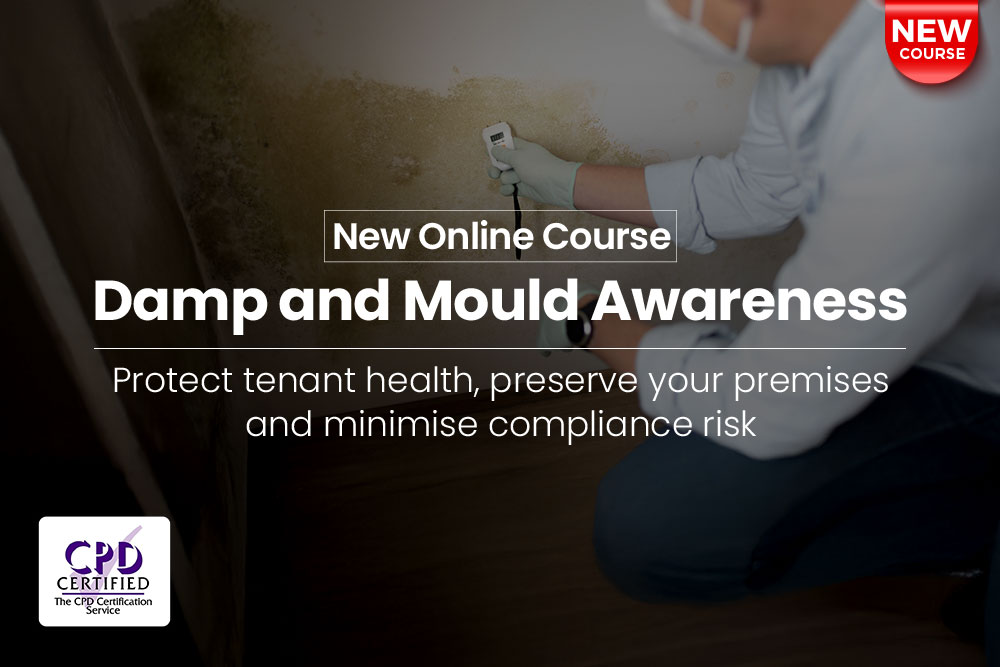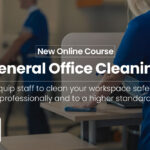
First aid kits are crucial in an emergency situation. If a person falls ill or is injured in the workplace, having a basic first aid kit on hand will mean they can get treatment right away.
Every UK workplace is required by law to have at least a basic first aid kit, but what exactly should be in it? This article will tell you everything you need to know about what a first aid kit should contain.
Does Your Business Have to Provide a First Aid Kit?
As well as being a vital piece of first aid equipment, first aid kits are mandatory for every UK workplace. No matter what type of business you have, how many people you employ, or even if you are self-employed, you must have an appropriate and well-stocked first aid kit on your business premises.
Under the First Aid Regulations 1981, all UK employers and self-employed people are required to have appropriate, adequate and well-maintained first aid equipment. At a minimum, this means you must have a basic first aid kit. Some businesses may need to have a more complex first aid kit, depending on the nature of work activities.
If you don’t have appropriate and adequate first aid equipment, then your business could be investigated by the Health and Safety Executive (HSE). If you’re found to be in breach of the First Aid Regulations 1981, you could face unlimited fines or even a prison term.
What Should a Basic First Aid Kit Contain?
UK health and safety law does not spell out exactly what a first aid kit should contain. What it does say is that every business must have a basic first aid kit as a minimum.
It doesn’t take a lot of effort or much money to stock a basic first aid kit. Most of the required items can be found in a supermarket or a chemist. You can also buy an off-the-shelf pre-prepared first aid kit. If you go for this option, make sure that the kit complies with the British Standard BS8599-1:2019.
The Health and Safety Executive (HSE) and the National Health Service (NHS) recommend that a basic first aid kit should contain the following items:
- Sticking plasters in different sizes and shapes
- Sterile gauze dressings in small, medium and large sizes
- Blister plasters of various sizes
- A minimum of two sterile eye dressings
- Triangular bandages
- Crêpe rolled bandages
- Safety pins
- Tweezers
- Disposable sterile gloves
- Scissors
- Alcohol-free cleansing wipes
- Adhesive tape
- A thermometer (A digital thermometer is recommended)
- Creams such as hydrocortisone for skin rashes
- Sprays or creams to alleviate insect bites or stings
- Antiseptic cream
- Painkillers such as aspirin, paracetamol, infant paracetamol for children, or Ibuprofen
- Eye bath and eyewash
- Antihistamine cream or tablets
- Disposable aprons
- CPR masks
- A foil blanket
- Distilled water to cleanse wounds
- Sanitary towels and tampons
- Surgical masks or N95 respirators
- A manual that provides general first aid instructions

How to Choose the Right First Aid Kit for Your Business
What your first aid kit contains depends on the specific risks of your workplace. Some businesses will need to have specific items in their first aid kits. A commercial kitchen, for instance, will require blue plasters for cuts and equipment to treat burns.
Workplaces can be categorised into low-risk or high-risk environments. Places such as offices or shops are generally categorised as low-risk, whereas factories, workshops, or restaurants are categorised as high-risk workplaces. The HSE recommends that large, high-risk workplaces have numerous first aid kits placed in easily accessible locations, preferably near hand washing facilities.
To work out what risks are present in your workplace, you’ll need to conduct a risk assessment. This will identify where and how someone can be harmed in your place of work. Once you’ve identified the risks, you should have a clear idea of what you need to put in your first aid kit.
First Aid Kits for Burns
Burns are a common workplace injury, especially in the hospitality industry and for people that work in factories or workshops. If your risk assessment has identified burns or scalds as a workplace hazard, you’ll need to include additional items in your first aid kit.
A burns first aid kit should have specialized burns dressings and plasters in a range of shapes and sizes. These dressings and plasters are designed to not stick to the skin and they help to cool burns. Burns gel should be included as this will also help to salve and soothe burnt skin.
Make sure your burns kit has clothing shears that can be used to cut away clothing so dressings can be applied to burns.
Conducting First Aid Kit Inspections
There are no specific first aid kit review timelines recommended by the HSE or enforced by health and safety legislation. Authorities do advise that you inspect your first aid kits at least once a year and ideally once every three months.
First aid kit inspections should be conducted by an ‘appointed person’, according to the First Aid Regulations 1981. Appointed persons are in charge of maintaining all first aid equipment on the premises.
During an inspection, you should check that all medicines and sterile items are in sealed packaging and are within their expiry dates. If any items don’t have expiry dates, try looking up the details online or contacting the manufacturer to see how long the items can be kept.
Any non-medicinal and non-sterile items should be judged using your common sense. If something doesn’t look like it would work in an emergency situation, replace it.
Who Can Use First Aid Kits?
Anyone is legally allowed to use a first aid kit if an emergency arises. Ideally, there will be trained first aiders on site who can provide a higher level of care to a person in need. First aiders are people that have completed an HSE-certified first aid at work or an emergency first aid at work training course. It’s worth keeping in mind that online first aid training cannot by law replace practical training. It can, however, be used to refresh previous training.
It’s not strictly a legal requirement to have first aiders at your business, but having some staff members train as first aiders will greatly improve safety in the workplace. The results of a First Aid Needs assessment will let you know how many first aiders your business should have.
Where to Find First Aid Training
Keeping first aid kits in your business premises can make all the difference if a person is ill or injures themselves. Having a first aid kit will also make sure you comply with the law. You can further protect your employees and improve workplace safety with first aid training.
First aid training will ensure your employees know exactly what to do if an accident or incident occurs. Our First Aid at Work course teaches trainees everything they need to know about the basic principles of first aid in the workplace.






















































































































































































































































































































































































































































































































































































































































































































































